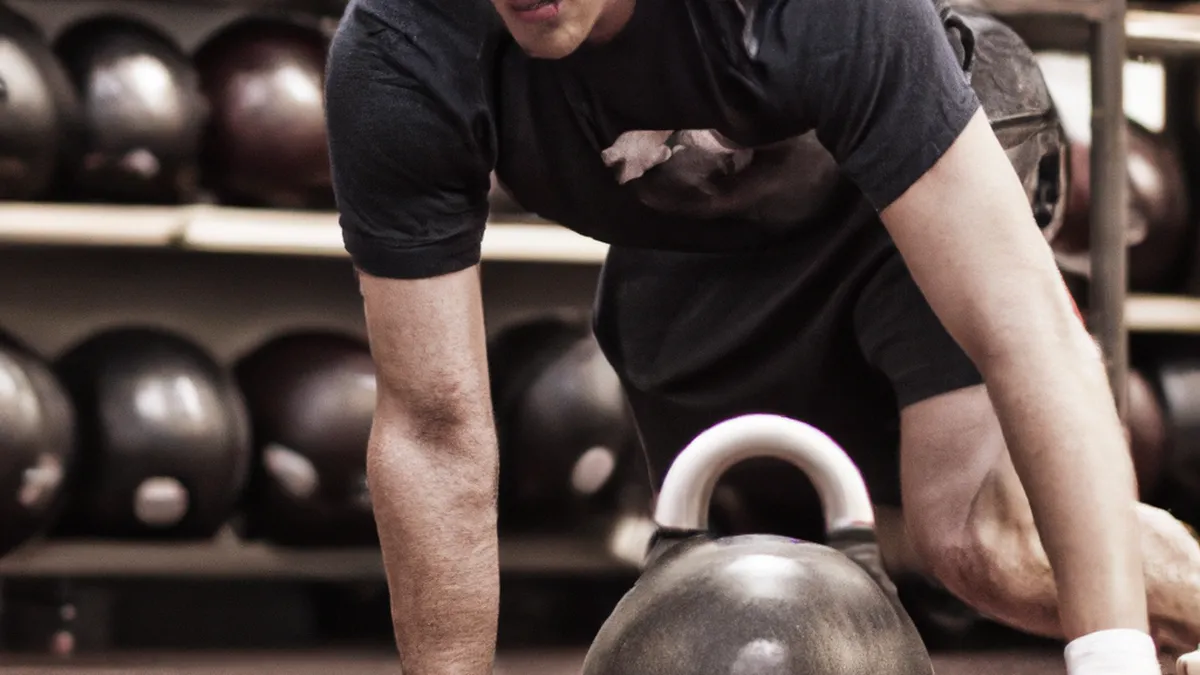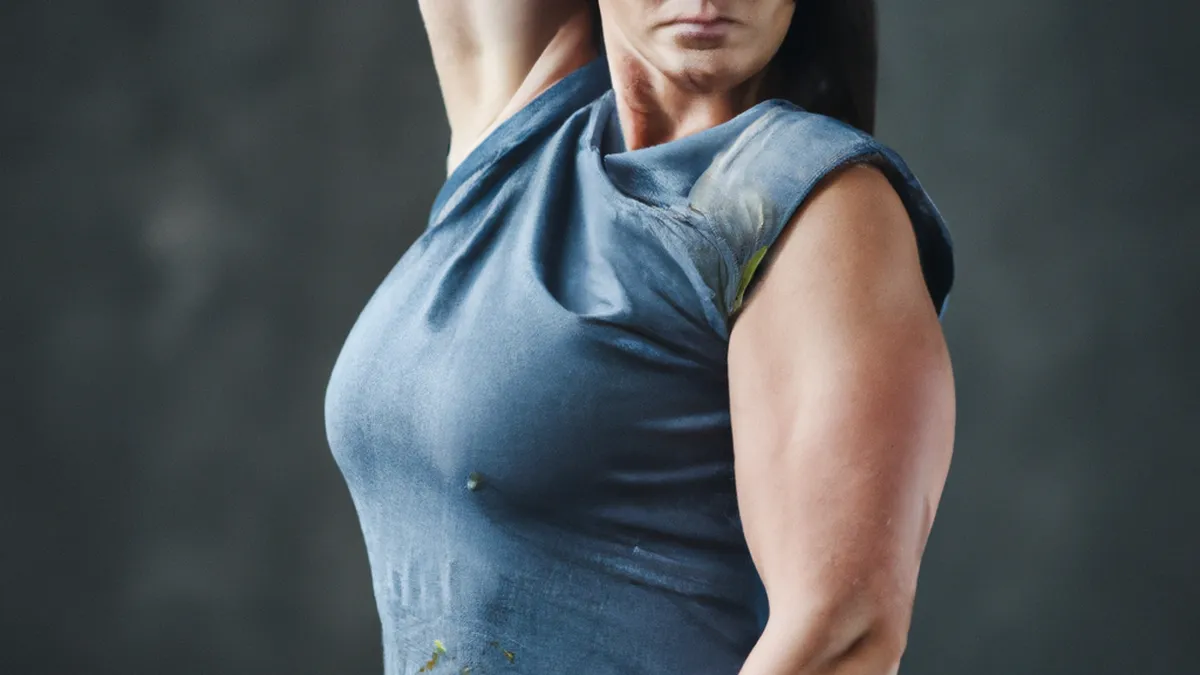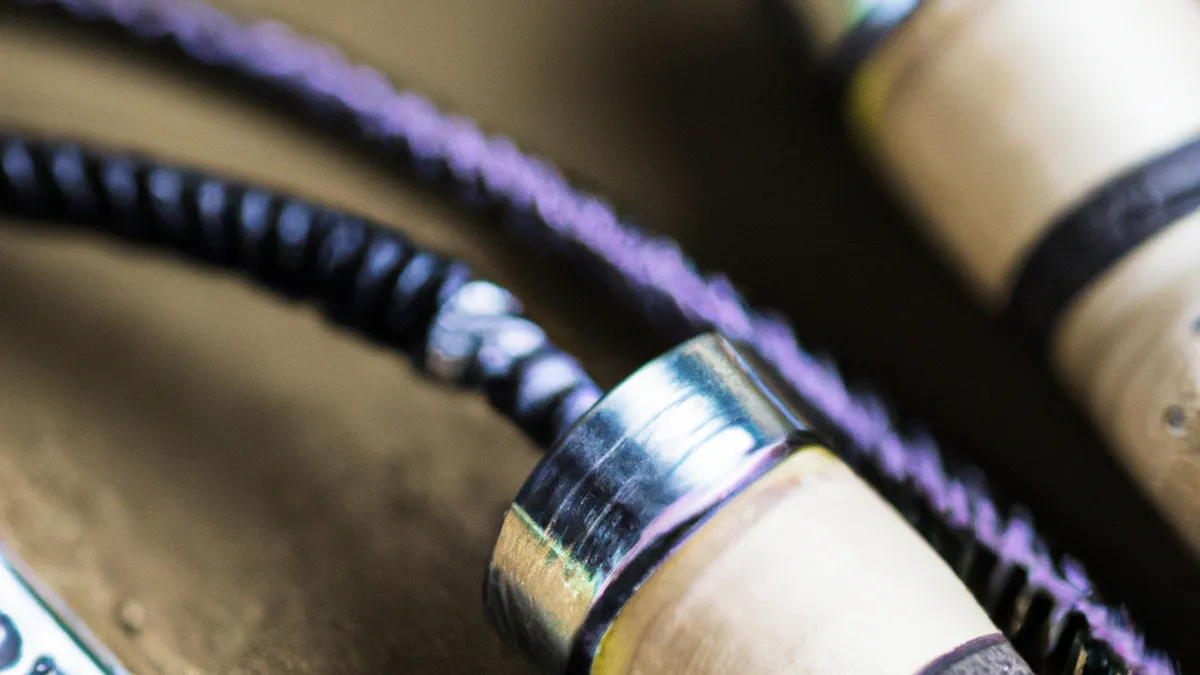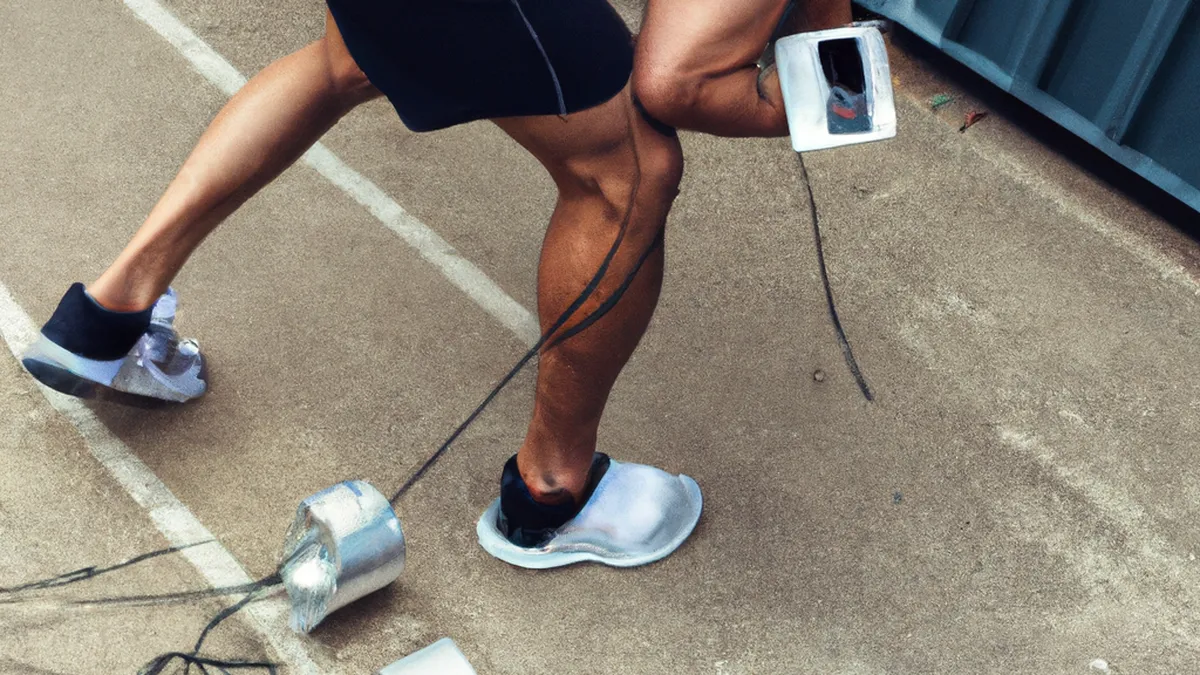Peak Performance with Kettlebell Training
Coaching Cues for Kettlebell TechniquesKettlebell training blends strength, endurance, and flexibility. Proper technique maximizes benefits and minimizes injury risk. This blog explores essential coaching cues for effective kettlebell techniques. Coaches and fitness enthusiasts can enhance their kettlebell workouts with these tips. Let’s dive in!
Understanding Kettlebell Basics
Before learning specific techniques, understand kettlebell training basics. Kettlebells come in various weights and shapes, allowing for a wide range of exercises. Mastering fundamentals sets the stage for advanced movements.
Grip and Stance
Start with a firm yet relaxed grip. A tight grip creates tension in your arms, which is counterproductive. Wrap your fingers around the handle and rest your palm on the kettlebell body.Next, focus on your stance. Stand with feet shoulder-width apart. Balance your weight on the midfoot for stability and power during lifts.
Core Engagement
Engage your core for all kettlebell exercises. A strong core supports your spine and maintains proper posture. Pull your belly button towards your spine to stabilize your body for effective movement.
Coaching Cues for Common Kettlebell Movements
As an Amazon Associate I earn from qualifying purchases.
Gear tip: consider kettlebell, stretching strap, and yoga blocks to support this topic.
Each kettlebell exercise has specific cues. Whether teaching the swing, snatch, or clean, clear communication matters. Here are essential cues for common kettlebell techniques.
Kettlebell Swing
1. **Hinge at the Hips:** Imagine your hips as a door. Open and close them during the swing.2. **Keep Your Back Flat:** A flat back prevents injury. Keep your chest proud throughout the movement.3. **Use Your Legs:** Generate power from your legs, not your arms. Bend your knees slightly, then push through your heels.
Kettlebell Snatch
1. **Create an Arc:** The kettlebell should travel in an arc. This keeps the bell close to your body.2. **Punch the Sky:** At the top, extend your arm fully. This ensures proper lockout and stability.3. **Control the Descent:** Don’t drop the kettlebell. Control its return to prepare for the next rep.
Kettlebell Clean
1. **Start Low:** Begin with the kettlebell on the ground. This allows for a strong initial pull.2. **Elbow Tuck:** Keep your elbow close during the lift. This maintains balance.3. **Finish Strong:** At the top, ensure your wrist is straight. This guarantees a safe hold.
Important Advice for Coaches and Athletes
As a coach, provide constructive feedback. Use specific cues to address improvement areas. Encourage athletes to prioritize quality over quantity. Fewer reps with proper form yield better results than many reps with poor technique.
Observe Body Language
Watch your athlete’s body language. Signs of fatigue or confusion may indicate a need for a break or clarification. Encourage open communication. Ask athletes how they feel during exercises to foster support.
Incorporate Progressions
Introduce progressions for each exercise. Start with bodyweight movements before adding kettlebells. This builds confidence and competence. Gradually increase weight as technique improves, helping athletes feel accomplished while reducing injury risk.
Benefits of Proper Kettlebell Technique
Mastering kettlebell techniques offers many benefits. First, proper form enhances strength and endurance, engaging more muscles effectively. Second, it reduces injury risk by supporting joints and spine, promoting longevity in training.Kettlebell training also improves coordination and balance. Many movements challenge stability, translating into better performance in other activities. Finally, kettlebell workouts boost cardiovascular health. The strength and cardio combination provides an efficient workout.
Conclusion
Coaching kettlebell techniques requires clear communication and proper cues. Emphasize grip, stance, and core engagement to establish a solid foundation. Focus on specific cues for each exercise while providing constructive feedback. Remember to incorporate progressions and observe body language. With these strategies, coaches and athletes can maximize their kettlebell training experience. Embrace the journey and enjoy the benefits of proper kettlebell techniques!
Below are related products based on this post:
FAQ
What are the basics of kettlebell training?
Kettlebell training involves understanding the fundamentals before advancing to specific techniques. Kettlebells come in various weights and shapes, allowing for a wide range of exercises. Mastering these basics is essential for performing advanced movements safely and effectively.
What are key coaching cues for the kettlebell swing?
For the kettlebell swing, hinge at the hips as if they are a door, keeping your back flat and your chest proud throughout the movement. It’s important to generate power from your legs rather than your arms by bending your knees slightly and pushing through your heels.
How can coaches support athletes during kettlebell training?
Coaches can support athletes by providing constructive feedback and using specific cues to address areas for improvement. Observing body language is crucial, as signs of fatigue or confusion can indicate a need for a break or clarification. Encouraging open communication fosters a supportive training environment.















Post Comment